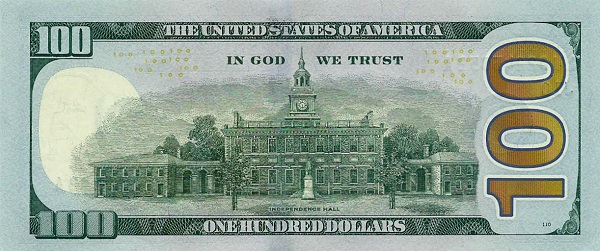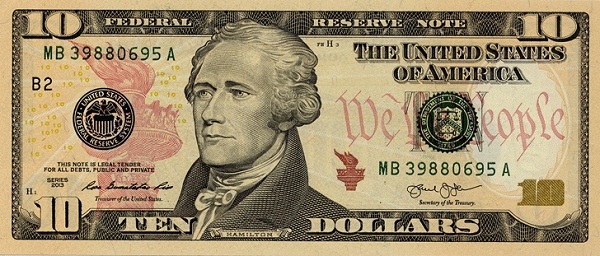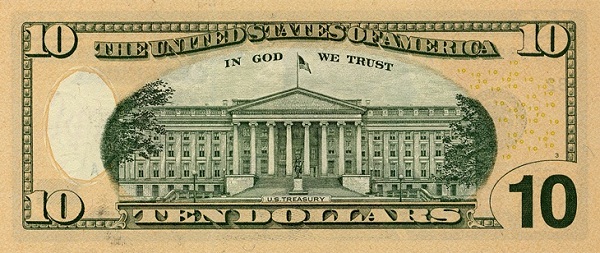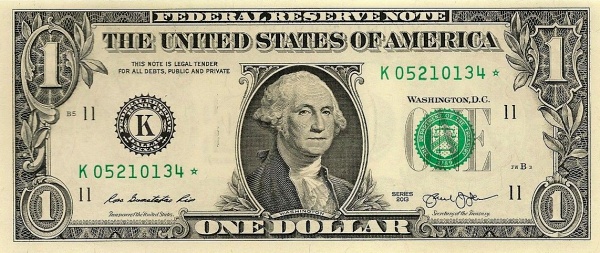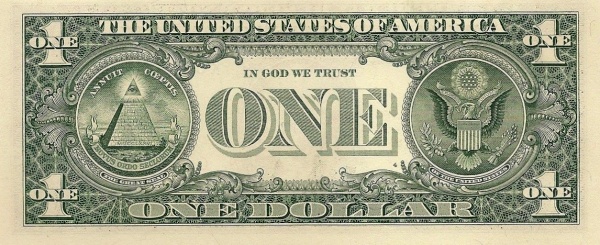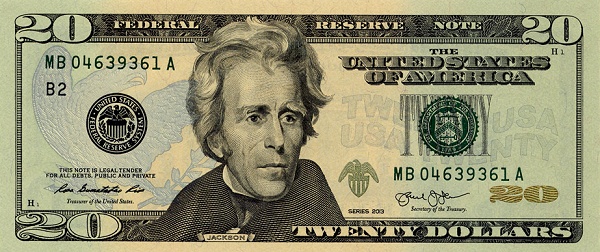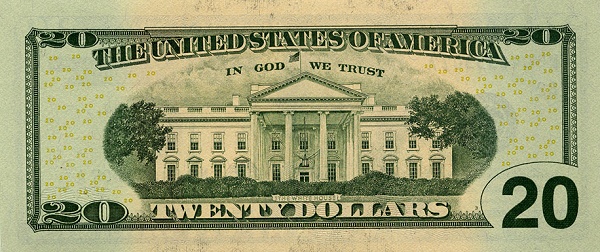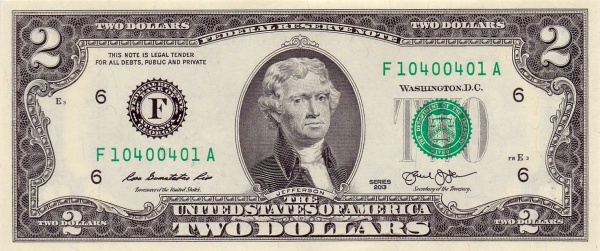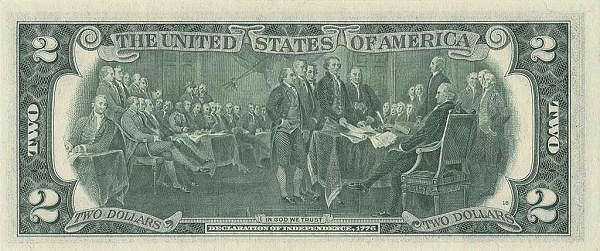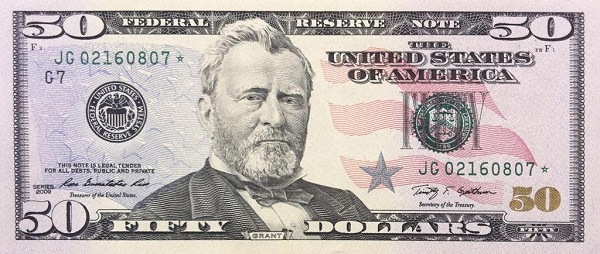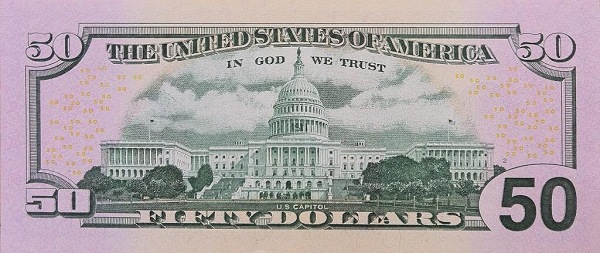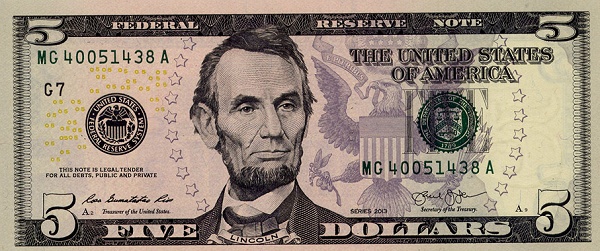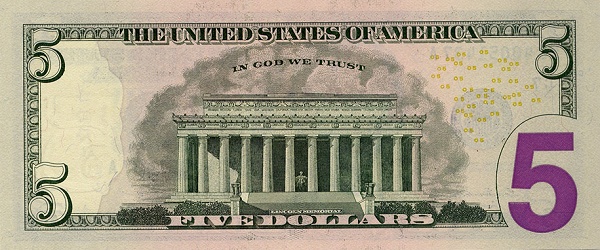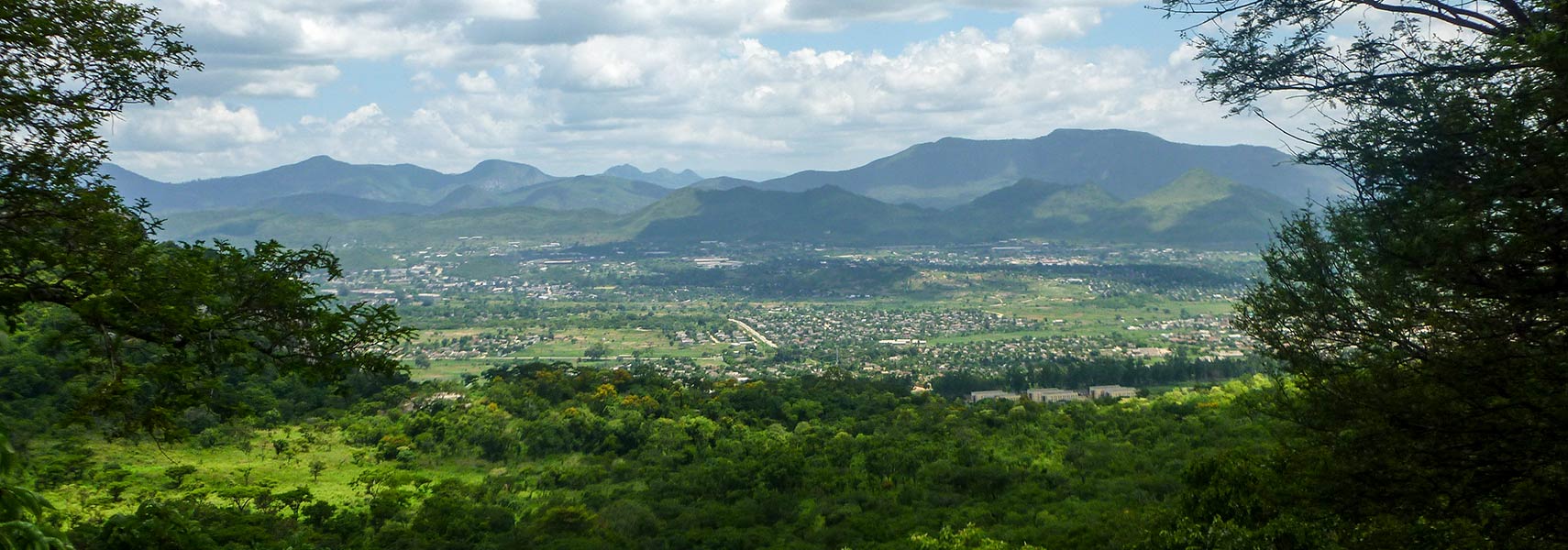Discovering Zimbabwe: A Land of Rich History and Culture
Zimbabwe, a captivating landlocked country nestled in Southeast Africa, boasts unique geographical features. At its north lies the Zambezi River, separating it from Zambia, while the Limpopo River forms its southern boundary with South Africa. Mozambique borders Zimbabwe to the east, while Botswana runs along the west. Interestingly, the tripoint of Namibia, Zambia, and Botswana is located just 100 meters from Zimbabwe's border at the town of Kazungula. Spanning an impressive area of 390,757 km², Zimbabwe is comparable in size to half of Turkey or slightly larger than Montana, a U.S. state.
A Glimpse into Zimbabwe's History
Once known as Rhodesia, Zimbabwe declared independence from the United Kingdom in 1965. However, it took 15 years for the country to gain international recognition, occurring in April 1980. The road to independence was tumultuous, with the UK annexing Southern Rhodesia in 1923 and later imposing a constitution in 1961 that favored white settlers' rule. Following a protracted struggle for equality, UN sanctions and a guerrilla uprising eventually led to the first free elections in 1979, culminating in independence in April 1980.
Political Landscape Post-Independence
Robert Mugabe, the first Prime Minister of Zimbabwe, quickly established himself as a dominant political figure. He later became the president and maintained grip over the nation's political landscape since independence. His controversial land redistribution program initiated in 2000 resulted in widespread economic disruption, leading to the exodus of white farmers. Despite international outrage, Mugabe continued his tactics to secure power, including rigging the presidential election in 2002 to ensure his remaining in office.
Turbulent Times and Power Struggles
In March 2005, the ZANU-PF party leveraged fraud and intimidation to secure a two-thirds majority in parliamentary elections. This majority enabled them to amend the constitution as they pleased and reintroduce the Senate, which had been dissolved earlier. Meanwhile, Operation Restore Order, launched in April 2005, led to the destruction of homes and businesses of about 700,000 predominantly poor opposition supporters.
Amid ongoing economic challenges, President Mugabe imposed price controls on basic commodities in June 2007. This decision triggered panic buying, resulting in empty store shelves. Although general elections in March 2008 revealed irregularities, opposition parties made significant gains in parliament, demonstrating public discontent with the ZANU-PF regime.
Negotiation for Power Sharing
Morgan Tsvangirai, the leader of the Movement for Democratic Change (MDC), emerged victorious in the presidential elections, potentially winning an outright majority. However, the official results posted by the Zimbabwe Electoral Commission failed to reflect this reality. Violence erupted against opposition members during the lead-up to the June 2008 run-off election, ultimately forcing Tsvangirai to withdraw his candidacy.
Negotiations finally produced a power-sharing agreement in February 2009, allowing Mugabe to remain president while creating a new position of Prime Minister for Tsvangirai. Unfortunately, tragedy struck shortly afterward when Tsvangirai's wife, Susan, died in a car accident, leaving a profound impact on the opposition leader.
The Government and People of Zimbabwe
Zimbabwe operates under a parliamentary democracy, with its current constitution established on December 21, 1979. The nation gained independence on April 18, 1980, marking a new beginning for its people and governance. The country's unique geography places it as a landlocked nation, bordered by South Africa and Zambia, stretching across an area of 390,757 sq. km (150,872 sq. mi).
Geographical Features and Climate
Zimbabwe's terrain varies significantly, consisting of deserts, savannas, and expansive high plateaus. Towering mountains grace the eastern parts, adding to the country's picturesque landscape. The climate features subtropical and tropical influences, moderated by altitude, with a rainy season occurring from November to March. These climatic conditions support a diverse range of flora and fauna, making Zimbabwe an ecological treasure.
Population and Ethnic Diversity
The nation is home to approximately 14.2 million people (as of 2016), primarily comprised of the Shona ethnic group at 71%. The diverse populace also consists of Ndebele at 16%, other African groups at 11%, and a small percentage of white, mixed, and Asian individuals. The official languages spoken include English, Chishona, and Sindebele, reflecting the rich cultural heritage of Zimbabwe.
Religious Beliefs
With a predominantly Christian population, approximately 75% of Zimbabweans identify as Christians. Additionally, various offshoot sects, animists, and Muslims contribute to the country's spiritual diversity. This rich tapestry of religious beliefs showcases the deep-rooted traditions and customs intrinsic to Zimbabwean identity.
Natural Resources and Economy
The economy of Zimbabwe thrives on abundant natural resources. It is rich in coal, gold, platinum, and other minerals that play a pivotal role in its industrial activities. The agricultural sector flourishes as well, producing products such as corn, cotton, tobacco, and sugarcane. Interestingly, the country exports key commodities, with platinum, gold, and cotton topping the list. Notably, China's significant investment makes it Zimbabwe's most important trade partner.
In addition to mining, industries such as steel, chemicals, and textiles contribute significantly to the economy. A diverse range of exported goods reflects the nation's capacity to adapt and develop in response to global market demands.
Despite facing numerous challenges, Zimbabwe remains a nation filled with rich history, cultural diversity, and abundant natural resources. As it continues to navigate its complexities, the resilience of its people shines through, creating a compelling narrative of hope and potential for the future.
Largest cities of: Zimbabwe
| City Name | Population | Year of foundation | |
| Harare | 1,650,000 | 1890 | |
| Bulawayo | 650,000 | 1893 | |
| Chitungwiza | 350,000 | 1983 | |
| Mutare | 185,000 | 1890 | |
| Gweru | 150,000 | 1894 | |
| Kwekwe | 100,000 | 1898 |
Zimbabwe: Money

